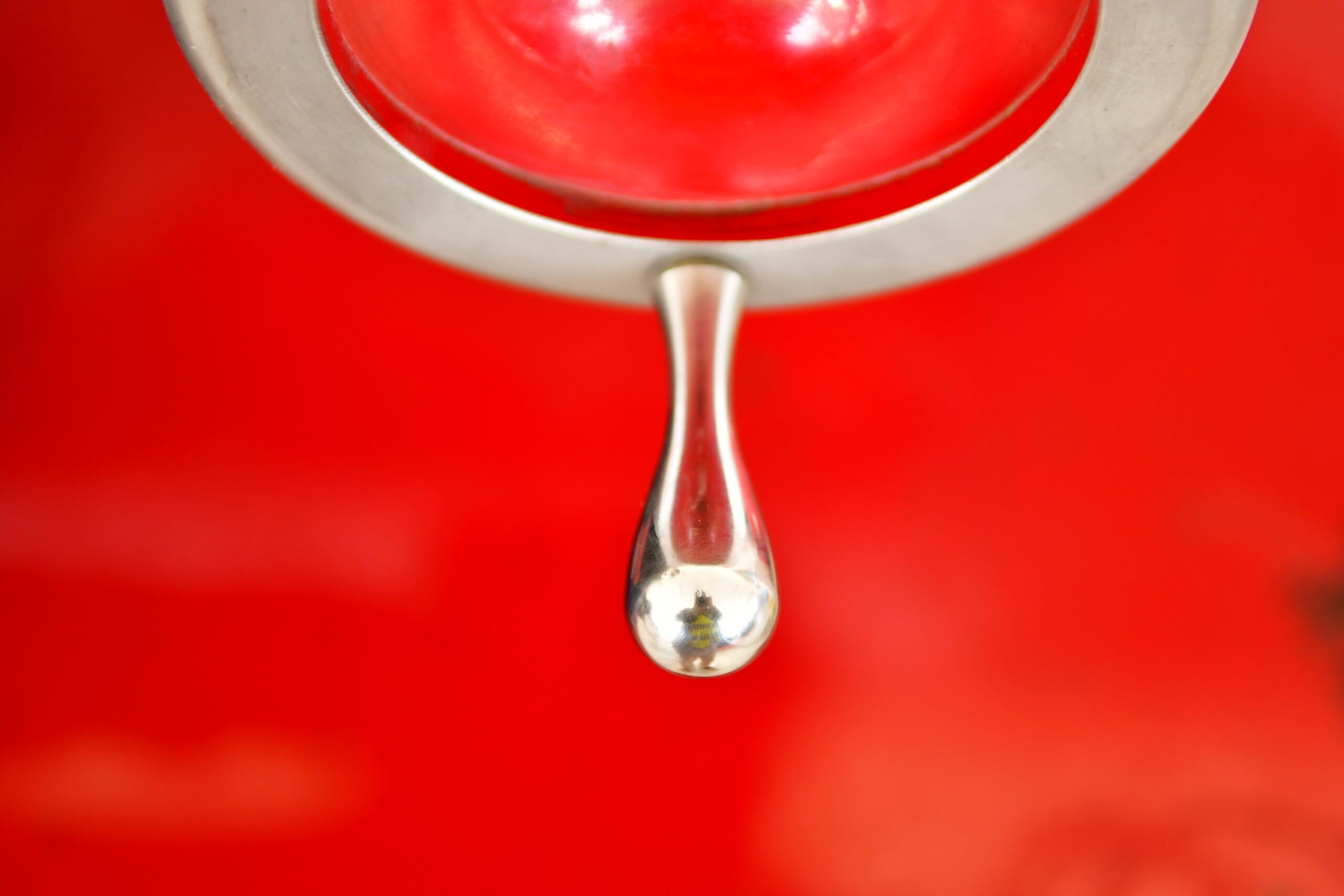Oil Interceptor Cleaning: Keep Your Kitchen Operating Efficient
Ever pondered the function of a compact device in preventing commercial kitchen plumbing catastrophes? Oil trap pumping transcends mere maintenance—it’s essential for efficient restaurant culinary refuse handling. These interceptors, vital for collecting fats, oils, and grease (FOG) generated during meal preparation, avert clogs. Without consistent cleaning, they can block, leading to costly fixes and service interruptions. Let’s explore the importance of grease trap cleaning and its role in maintaining a seamless kitchen operation, all while adhering to environmental standards.
Understanding Oil Interceptors and Their Significance
Oil traps are essential for the efficient operation of commercial culinary spaces and food processing facilities. They collect grease, fats, and solid refuse before they reach the drainage system. This function is crucial for maintaining kitchen hygiene. It’s important to understand how these interceptors work to make certain they operate effectively and maintain a sanitary working space.
What are Grease Interceptors?
A grease interceptor, also called a find local grease traps cleaning service, is a device designed to catch fats, oils, and grease (FOG) from effluent. Placed in the pipework of kitchens or meal serving places, it prevents these materials from going into the drainage system. This prevents backups or blockages in conduits, avoiding costly fixes and possible sanitation issues.
How Do Oil Interceptors Work?
The operation of grease interceptors is depends on gravity separation. Effluent goes into the trap, where heavier particles sink at the base. Meanwhile, less dense grease and oil rise to the surface, forming a layer of FOG. This setup enables cleaner liquid to leave the interceptor and move into the sewer system.
Regular inspection of grease interceptors is crucial for their best functioning. Maintenance involves removing collected FOG and solids to stop overflow and system failure. Correct fats, oils, and grease disposal through prompt upkeep makes sure culinary spaces function smoothly and maintains hygiene.
Common Problems with Oil Interceptors
Oil traps are vital for maintaining culinary spaces clean and efficient, particularly in the food service industry. Ignoring them can cause numerous issues that affect operations. Understanding these problems aids in concentrating on sewage system upkeep for better functionality.
Blockages and Obstructions
Blockages and obstructions are significant concerns with grease traps. They often originate from fats, oils, and greases (FOG) accumulation. This buildup can block water flow, leading to sewage clogs. Thus, regular drain line clearing is essential to stop these blockages. Consistent inspections help identify blockages early, preventing bigger issues.
Bad Odors and Pest Invasions
Ignoring grease traps also causes bad odors and pest infestations. Collected organic material causes bad smells, rendering the kitchen undesirable to work in. These smells attract pests, heightening hygiene risks. A regular maintenance routine for grease interceptors is crucial to managing meal serving sector refuse efficiently. It ensures a clean, pest-free environment, fostering a healthier kitchen environment.
Grease Trap Cleaning: Essential Maintenance for Your Kitchen
In the realm of restaurants and business kitchens, grease interceptor cleaning is paramount for upkeep. Making sure your grease interceptor remains in top shape is essential for both operational efficiency and ecological compliance. It’s important to understand the best cleaning frequency and to identify signs that signal the necessity of service. This knowledge can significantly lower costs and save effort over the long run.
Frequency and Planning of Pumping
Choosing the right cleaning frequency for grease interceptors hinges on several elements. The capacity of the interceptor and the volume of fats, oils, and grease (FOG) your kitchen produces are key factors. Generally, it’s advised to clean grease interceptors every 1 to 3 months. Frequent checks help ensuring smooth operations and compliance to regional regulatory standards.
Signs That Your Grease Trap Requires Cleaning
Staying alert for signs that your grease trap requires cleaning can prevent major problems. Look out for these signals:
- Slow drainage: If sinks drain more slowly than usual, it could mean the grease trap is full.
- Regular pipework backups: Frequent clogs suggest a grease interceptor struggling to manage refuse volume.
- Bad smells: A unpleasant odor near the interceptor signals it’s time for cleaning.
Addressing these indicators promptly improves performance and guarantees environmental compliance for dining establishments. Consistent maintenance prevents costly fixes and promotes a sanitary culinary space.
Benefits of Frequent Grease Interceptor Upkeep
Frequent maintenance of grease traps is vital for your kitchen’s efficiency and operation. A regular routine for inspections and cleaning avoids interruptions and guarantees a secure, sanitary culinary area. This proactive approach is crucial to a well-run kitchen.
Preventing Expensive Repairs
Preventative upkeep assists kitchen managers spot and resolve issues early. Routine inspections uncover blockages and obstructions, preventing costly fixes that could halt functioning. Each upkeep visit ensures grease interceptors function efficiently, lowering the risk of pipework breakdowns and emergencies.
Improving Kitchen Hygiene
Frequent maintenance of grease interceptors boosts kitchen hygiene. It reduces grease and meal fragments, reducing the risk of unpleasant smells and microbes. A clean grease interceptor provides a more secure cooking area and meets meal hygiene standards, essential for patron satisfaction. Efficient upkeep has a major beneficial effect on kitchen functions.
| Benefit | Description | Effect on Kitchen Functions |
|---|---|---|
| Cost Savings | Reduces the risk of unplanned plumbing issues that cause expensive repair expenses. | Ensures continuity of operations without unexpected interruptions. |
| Improved Sanitation | Minimizes foul odors and bacteria associated with grease buildup. | Creates a sanitary and secure space for meal cooking. |
| Adherence | Meets legal standards by ensuring cleanliness. | Avoids penalties and regulatory problems due to poor kitchen hygiene practices. |
Choosing the Best Grease Interceptor Maintenance Provider
Choosing a trustworthy grease trap maintenance provider is crucial for ensuring optimal performance in restaurants and business kitchens. It’s important to select a company with extensive experience in grease trap upkeep. Firms like Oil Interceptor Pumping Company guarantee compliance with local standards and offer comprehensive maintenance to keep your grease traps efficient.
Experience and Knowledge in Services
A reputable service boasts a proven history in handling grease traps effectively. Their knowledge in business pipework offerings enables them to spot possible issues in advance. With experienced experts, businesses can expect thorough cleaning and upkeep routines tailored to each kitchen’s unique needs. This approach prolongs the life of the drainage system.
Ecological Accountability in Refuse Disposal
Service excellence isn’t the sole consideration; ecological compliance is equally important. The right grease trap maintenance company prioritizes responsible refuse removal practices. Efficiently managing the gathering and disposal of grease and solids shows a commitment to eco-friendliness. By choosing a service that matches with these values, companies can ensure their grease interceptor maintenance is both effective and eco-friendly.


